Search
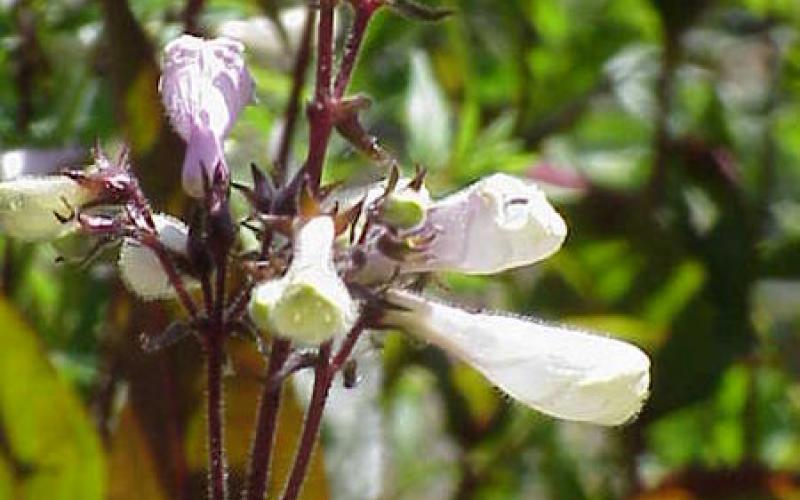
Penstemon
Penstemon grandiflorus and Penstemon augustfolius are both native to South Dakota.
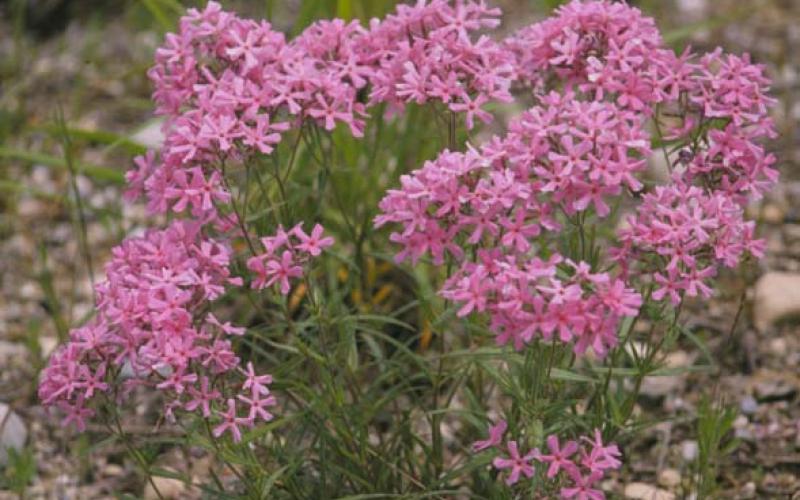
Phlox
This week’s native perennials are both phloxes: Phlox divaricata (Wild Blue Phlox, or Sweet William) and Phlox pilosa (Downy or Prairie Phlox)

Organic Herbicides
Many gardeners across the state of South Dakota desire to have weed-free gardens, yards and flowerbeds. Many homeowners do not want to use inorganic herbicides due to their potential health effects.
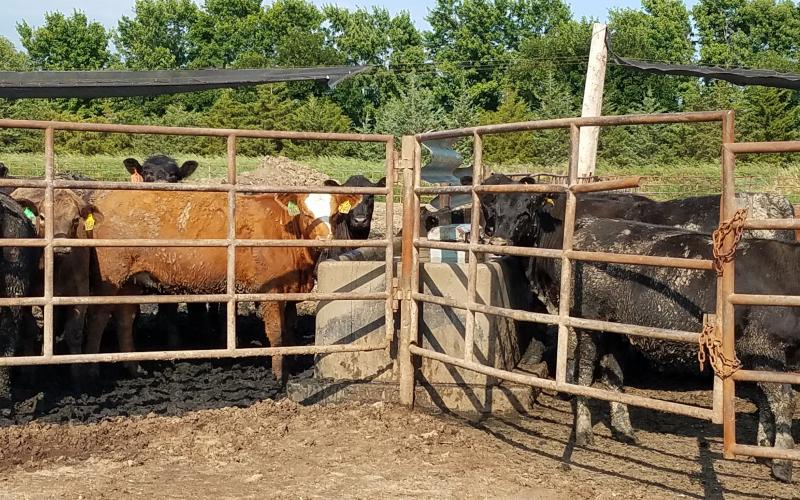
Adding Value to Corn Through Cattle
What is the “best” way to evaluate profitability of an enterprise, more specifically feeding cattle?
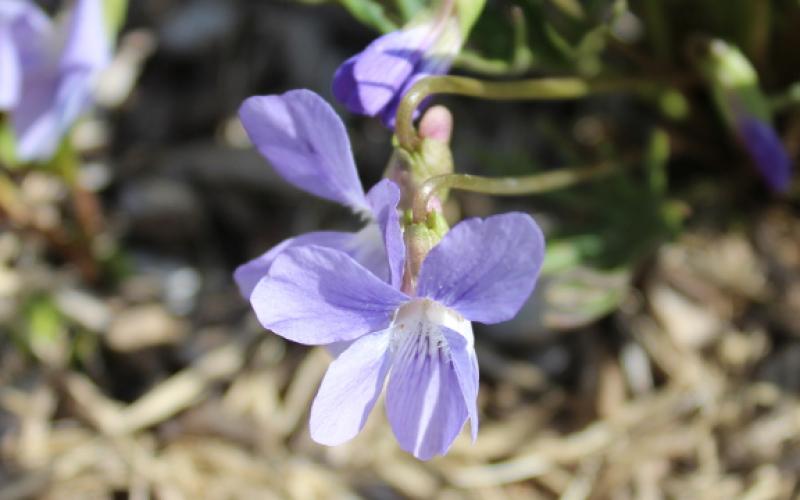
Viola pedatifida
An early blooming native perennial, Viola pedatifida – commonly known as prairie or larkspur violet, is a low-profile addition to your garden.
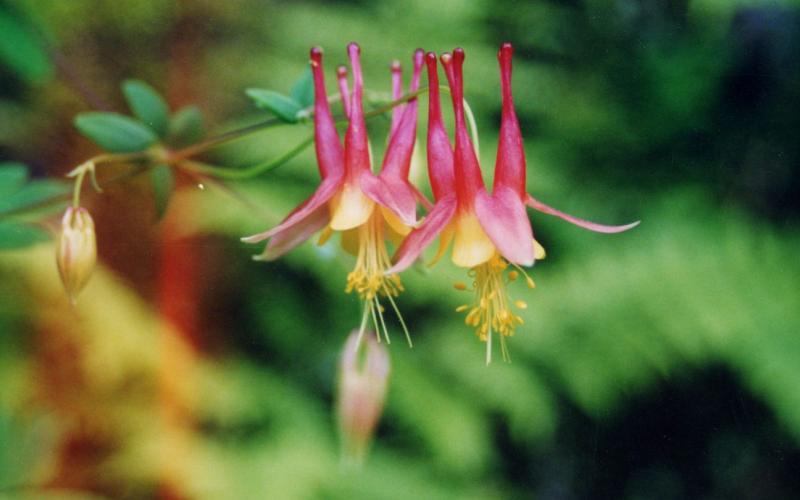
Wild Columbine
Red columbine, Aquilegia canadensis, is this week’s native perennial to know. Also known as wild columbine, this plant has striking red flowers that droop from the ends of tall stalks.
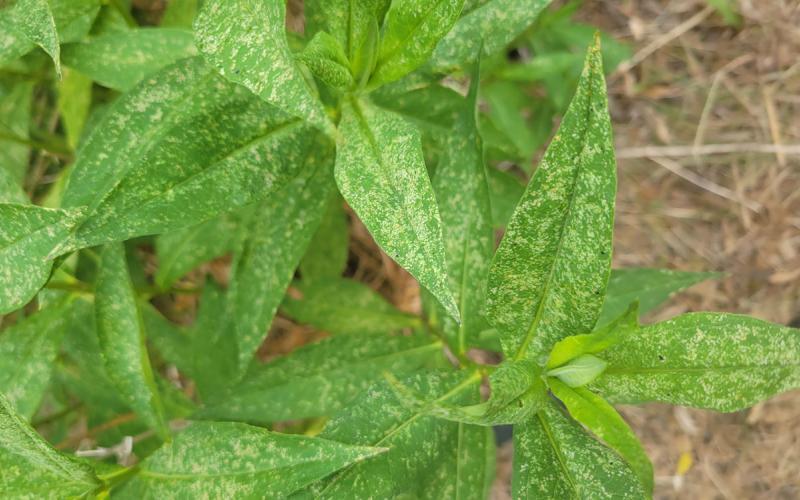
Spider Mites on Garden Phlox
During warm, dry weather, spider mites are a common pest of phlox, causing speckling, bronzing, and yellowing on leaves due to feeding behavior. Learn how to identify and manage infestations before they impact your garden.
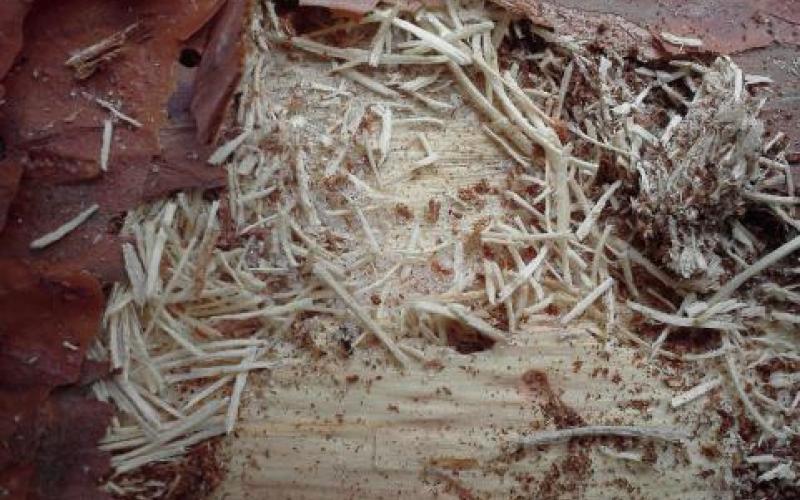
Sawyer Beetles and Pine Wilt Disease
A sample came in from a recently felled Scotch pine tree down in Southeastern South Dakota. The hole and sawdust is due to a sawyer beetle that had infested the tree.
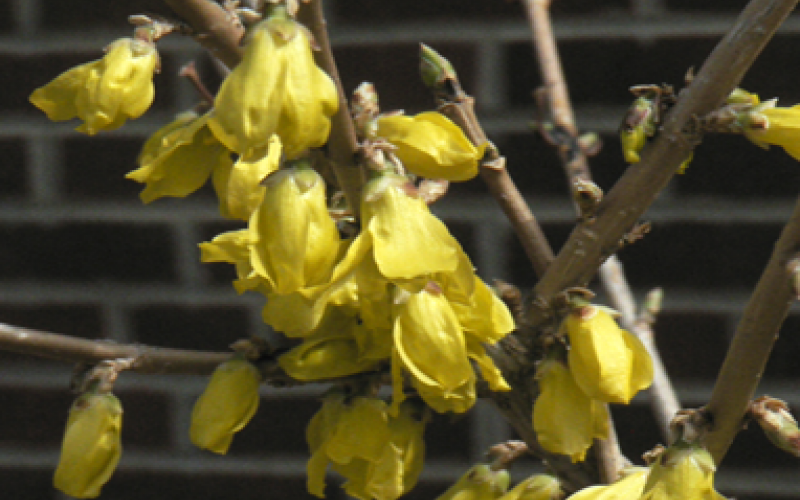
Spring Flowering Shrubs
Early spring flowering shrubs have a special place in our landscapes as they are the heralds of the warm weather yet to come.
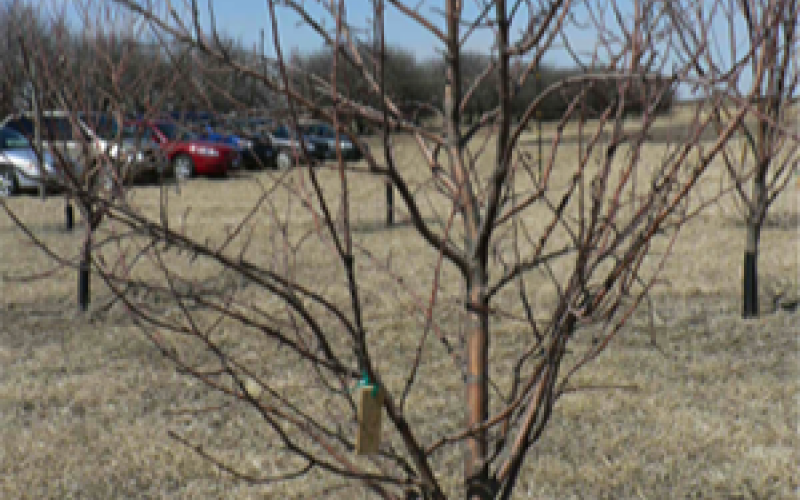
Training Young Fruit Trees
Training is probably the most neglected aspect of growing fruit trees.